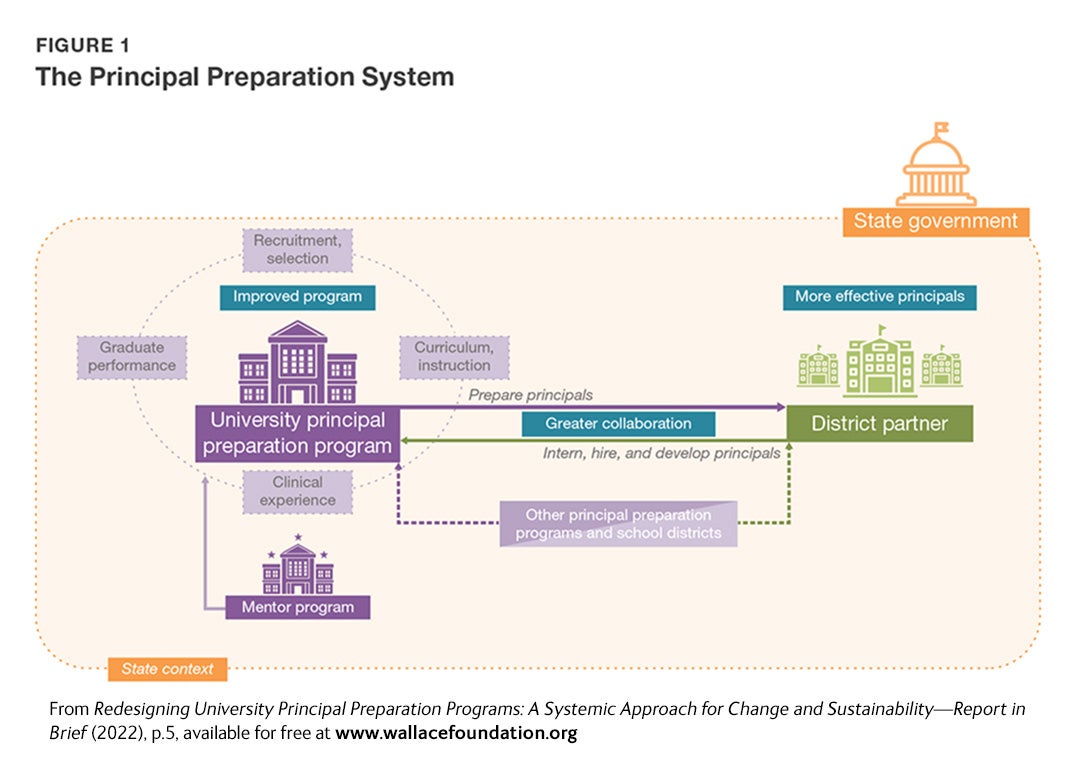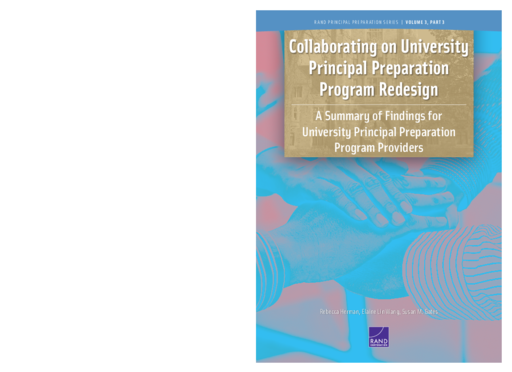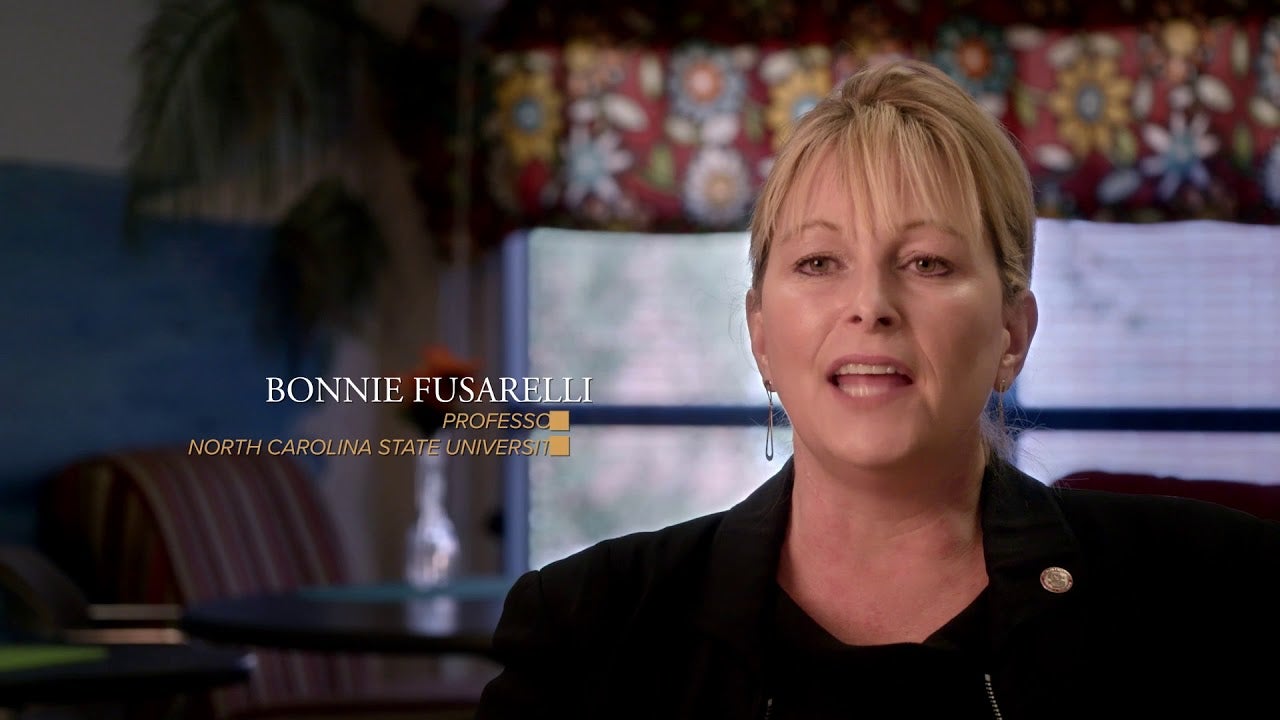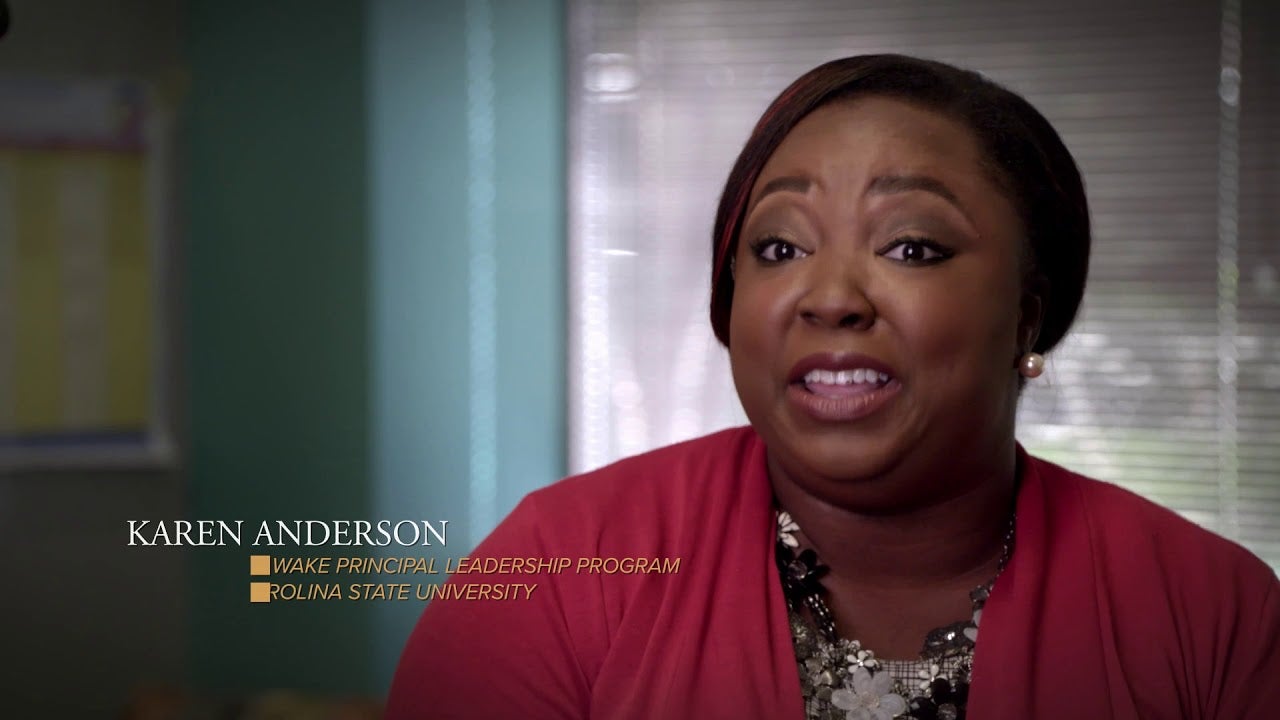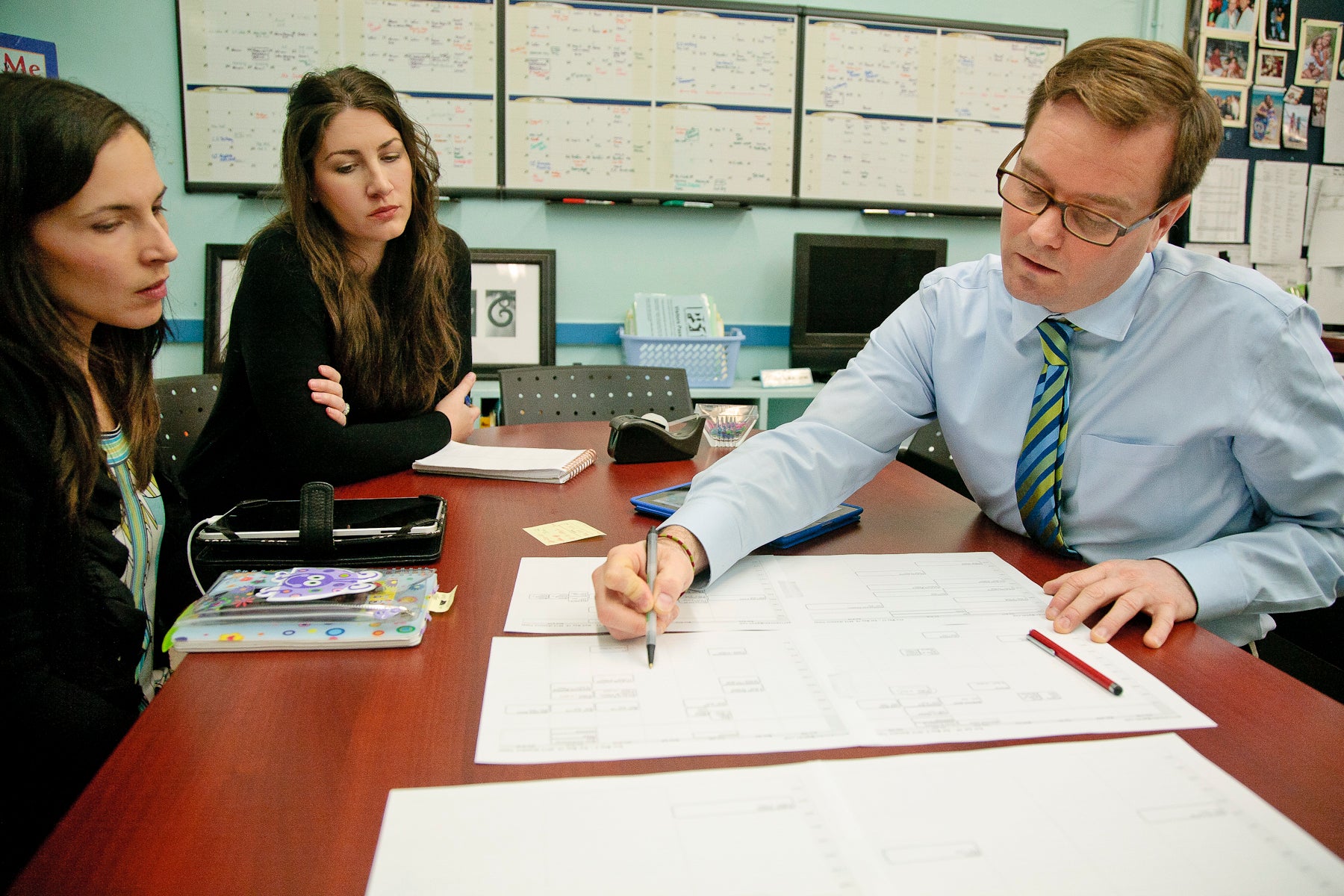Breadcrumb
- Wallace
- Reports
- Collaborating On University Prin...
Collaborating on University Principal Preparation Program Redesign
Summary of Findings for University Principal Preparation Programs

- Author(s)
- Rebecca Herman, Elaine Lin Wang, and Susan M. Gates
- Publisher(s)
- RAND Corporation
- DOI Link
- https://doi.org/10.7249/RRA413-5
Summary
How we did this
For the study from which this report is drawn, researchers completed more than 630 interviews, focus groups, and observations from 2017 to 2021. All seven redesign efforts in the University Principal Preparation Program Initiative were studied. That meant examining the work of university programs, district partners, state partners, and mentor programs. This report looks at key findings pertaining to universities.
Research has shown that school principals matter greatly to teaching and learning. Yet university principal training has not kept pace with the job’s growing demands. The Wallace Foundation launched an initiative in 2016 to improve principal preparation. Seven universities in seven states participated in the University Principal Preparation Initiative. Universities worked with representatives from school districts, state agencies, and others to ensure that their principal preparation programs reflected evidence-based practices.
This report summarizes key points for university-based preparation programs from the RAND Corporation’s five-year study of the effort. It summarizes what the seven sites were able to accomplish and how. The big finding was that universities can defy expectations about institutional resistance to change. They can collaborate with school districts, state organizations, and others to meaningfully redesign principal preparation programs.
The universities took steps including:
- Forming strong partnerships, so key institutions with a stake in effective school leadership could play their appropriate role in the redesign
- Assessing program strengths and weaknesses as a starting point for change
- Aligning the curriculum with national standards and state requirements for principals
- Ensuring changes were informed by district needs and the real work of principals
- Emphasizing practical experiences and job-related activities that reinforced coursework
- Seeking to diversify enrollment.
One change that resulted was the use of cohorts, so enrollees could move as a group through the course of study and develop peer networks. Another was to get districts more involved in nominating and selecting applicants, including those from historically under-represented groups. Other changes included:
- Sequencing courses so they built on one another
- Giving a greater role to faculty members with recent experience in K–12 education
- Providing enrollees with clinical experiences that were more authentic, intentional, and personalized.
Collaboration is Essential
The report’s findings underscore that widespread improvement in principal pre-service programs requires universities, school districts, state organizations, and others to work together. Participants across the seven initiative sites reported that having a team of stakeholders dedicated to the mission was a major driver of the work. Universities led the undertaking. But all partners actively participated throughout the initiative.
Supports
The initiative set up structures that bolstered the effort. They included:
- Partners formed steering groups that met regularly to keep involved in the redesign. Universities formed working groups with faculty members and district leaders.
- Program self-assessments helped the partners identify program strengths and weakness, and to keep the redesign work on track. The partners also collected data to inform continuous improvement.
- Each university program was mentored by one or two programs from other states that had successfully redesigned principal preparation.
Challenges
The effort encountered rough patches, too:
- Some faculty members were reluctant to share ownership of their courses. And some were concerned about a shift from theory to practice.
- Using district-based adjunct faculty meant providing orientation and supports for these instructors.
- When the programs expanded to include new districts, they grappled with how to adapt to local circumstances and stay true to essential aspects of the redesign.
- The challenge mentioned most often was lack time to carry out the redesign work.
The seven participating universities were:
- Albany State University in Georgia
- University of Connecticut
- Florida Atlantic University
- North Carolina State University
- San Diego State University
- Virginia State University
- Western Kentucky University
Key Takeaways
- Seven universities in seven states participated in the University Principal Preparation Initiative, which launched in 2016. Universities successfully redesigned their principal preparation programs to reflect evidence-based practices.
- Redesigning university pre-service programs required universities to collaborate with school districts, the state, and others. Universities led the collaboration. But all partners actively participated throughout the initiative.
- Major areas of work included: Aligning the curriculum to state and national standards. Ensuring instruction was informed by district needs. Emphasizing practical experience to reinforce coursework. Organizing enrollees into cohorts to progress through the course of study together. Working with districts to recruit diverse candidates.
- A common set of supports across sites was one key to successful redesign. Those supports included a steering committee to lead the work, assessments to keep the work on track, and mentoring from programs that had previously redesigned principal preparation.
Visualizations
